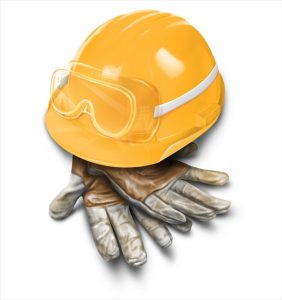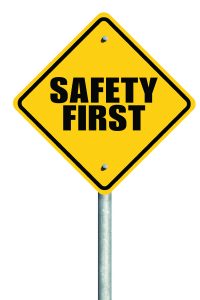 During the past few decades, the workplace has changed significantly, and one of the biggest shifts has been in the number of years an employee remains with one employer. While a half century ago, it was “normal” practice for the majority of employees to remain with an employer for many years — sometimes entire careers — today’s employees are likely to change employers every few years.
During the past few decades, the workplace has changed significantly, and one of the biggest shifts has been in the number of years an employee remains with one employer. While a half century ago, it was “normal” practice for the majority of employees to remain with an employer for many years — sometimes entire careers — today’s employees are likely to change employers every few years.
That’s bad news for employers: Workers who remain longer with a company attain a far deeper knowledge of the company, its brand, its products and its customer base, making them much more valuable than any new hire. And unlike a new hire that’s an “unknown quantity,” loyal, long-term employees can actually help reduce a company’s level of risk.
Still, when it’s time to take stock of a company’s assets, valuing employee loyalty can prove problematic; many companies wind up ignoring the value of loyal employees in favor of focusing on easy-to-grasp tangible assets. Likewise, many companies don’t bother to learn how to retain employees for the long term, or even know where to start.
Motivating employees to stay on board doesn’t have to be difficult. If you’re interested in learning what you can do, Monster.com offers the following tips:
- Implement career paths that offer opportunity for advancement, and let employees know how to advance in your company.
- Proactively monitor morale and seek out ways to help improve morale in ways that are meaningful to your employees.
- When devising management training programs, consider what makes a good, effective manager from a worker perspective rather than focusing in what management wants.
- When considering compensation, think beyond salary to include health insurance, vacation time, pension plans and other perks.
- Teach your managers how to provide consistent and valuable feedback and mentoring, and ensure they understand how to listen to employees and value their input.
Learning to retain employees isn’t rocket science; but it does take commitment and time. Take some time today to brainstorm ways your company can develop a workforce that’s as committed to your company’s success as you are.














